When it comes to cooking grains, there is an unspoken rule to never stray from the exact measurements. Consulting charts for the proper ratio of liquid to grain is considered the difference between crunchy, undercooked pebbles and a mushy mess... that is, until now.
It turns out that the ratios that normally accompany recipes or the packaging are unnecessary, so long as you've got an eye on the pot. Read on to discover how you, too, can add a little improvisation to your pot of quinoa or barley.

This hack will work on most whole grains, including quinoa, barley, whole grain rice, amaranth, buckwheat, bulgur, farro, freekeh, millet, rye berries, einkorn berries, sorghum, spelt, wild rice, etc.
Ditch the Measuring Cups
Instead of being confined to aforementioned measurements, forgo the measuring cups and freestyle. (Pros can cook without measuring tools, after all.)
- Bring a pot of water (or another liquid like vegetable or chicken stock) to boil and add a pinch of salt for flavor (unless you're using a liquid that already contains sodium). You'll want to make sure that it's more than enough liquid to cover the grains you'll be adding.
- Immerse your (rinsed) grains in the boiling liquid, then turn the heat down to a simmer. You should end up with a generous buffer of liquid on top of the grains, more so than you normally would. (Adding a lid is not necessary when you have this much excess liquid, but you'll need one for later.)
- Make sure to carefully monitor the pot. Occasionally give your grains a stir to avoid having them stick to the sides. This initial cooking step will last for 12-15 minutes.
- After the initial time has passed, try your grains; if the consistency is still hard, cook them for another minute or two before trying them again.
- When the grains are ready, turn off the heat and strain them.
- Place them back into the pot with a paper towel under the lid to allow them to steam in their own heat for a few minutes. Whenever the rest of your meal is ready, the grains will still be warm and ready to be served fresh.
Adding a Little Spontaneity to Your Kitchen
I should note that this is not the ultimate way to cook grains (in case anyone cries blasphemy); instead, this is just one way to bend traditional schools of thought and be a little spontaneous in your culinary creations.
Whether you are going gluten-free with your grains or boiling barley for a savory salad, this technique will allow you more wiggle room in your kitchen... and after a while, you'll be an old pro at cooking grains with nary a measuring cup in sight.
More Grains Hacks:
- Prevent Kitchen Spills with This DIY Resealable Grain Dispenser
- Why Properly Rinsing Rice, Barley, & Quinoa Is So Important
- How & Why You Should Make Your Own Protein Powder
- Freekeh, Your New Favorite Superfood
- How to Make Thai Sticky Rice Without a Steamer or Rice Cooker
Photo by Julia Kitlinski-Hong/Food Hacks





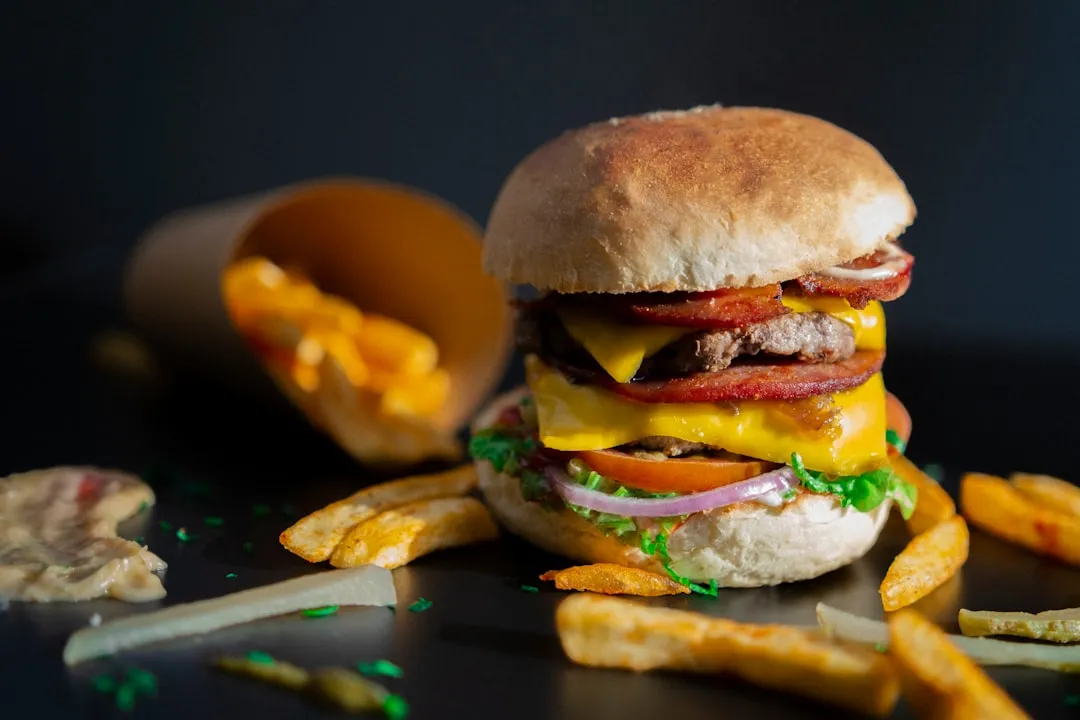



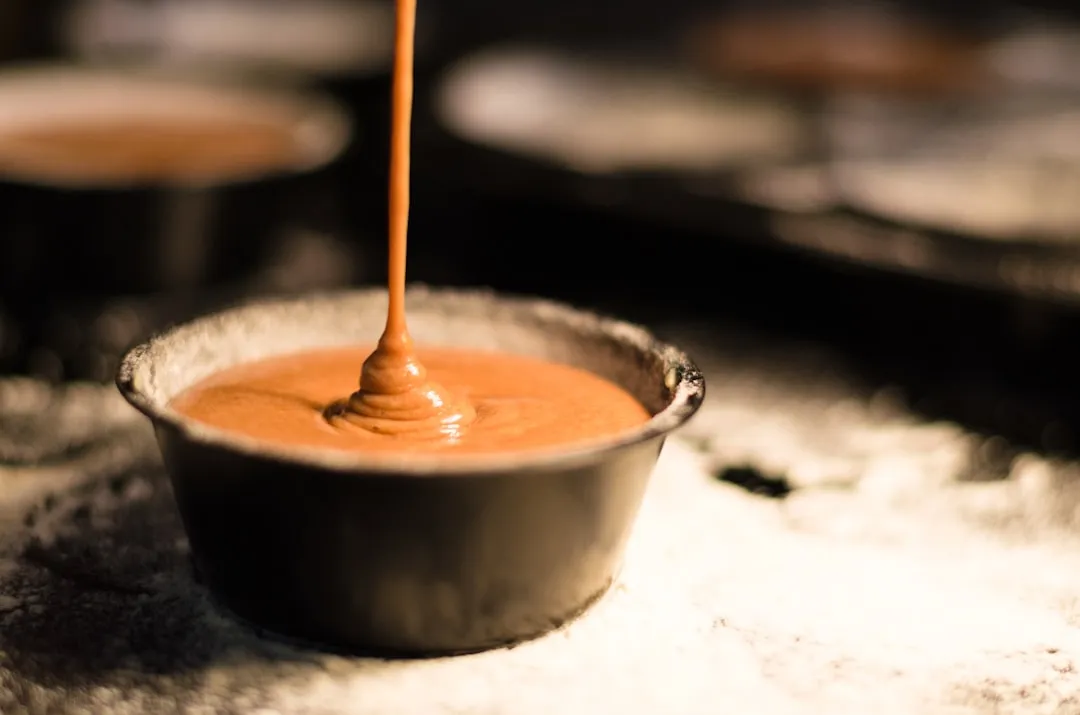






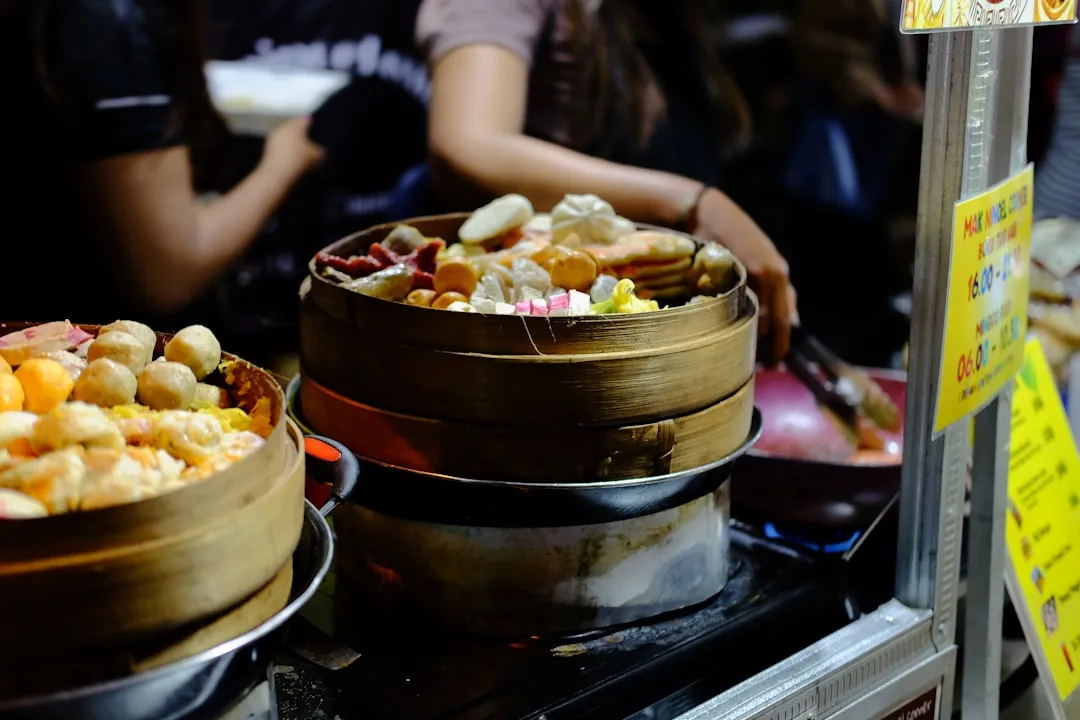



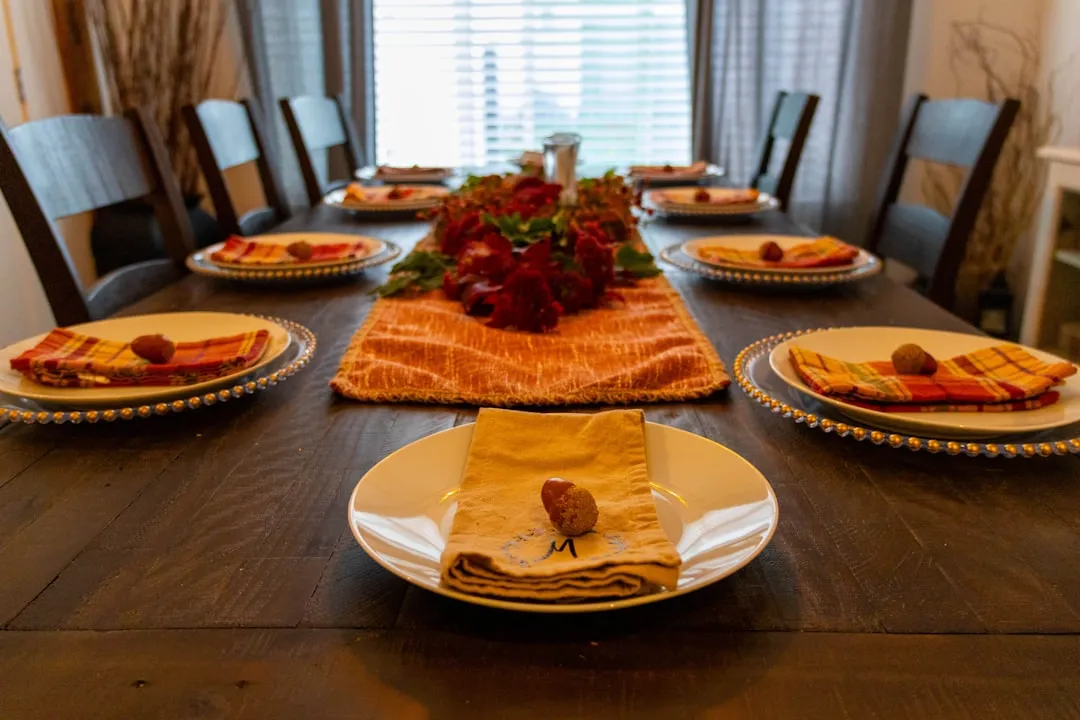



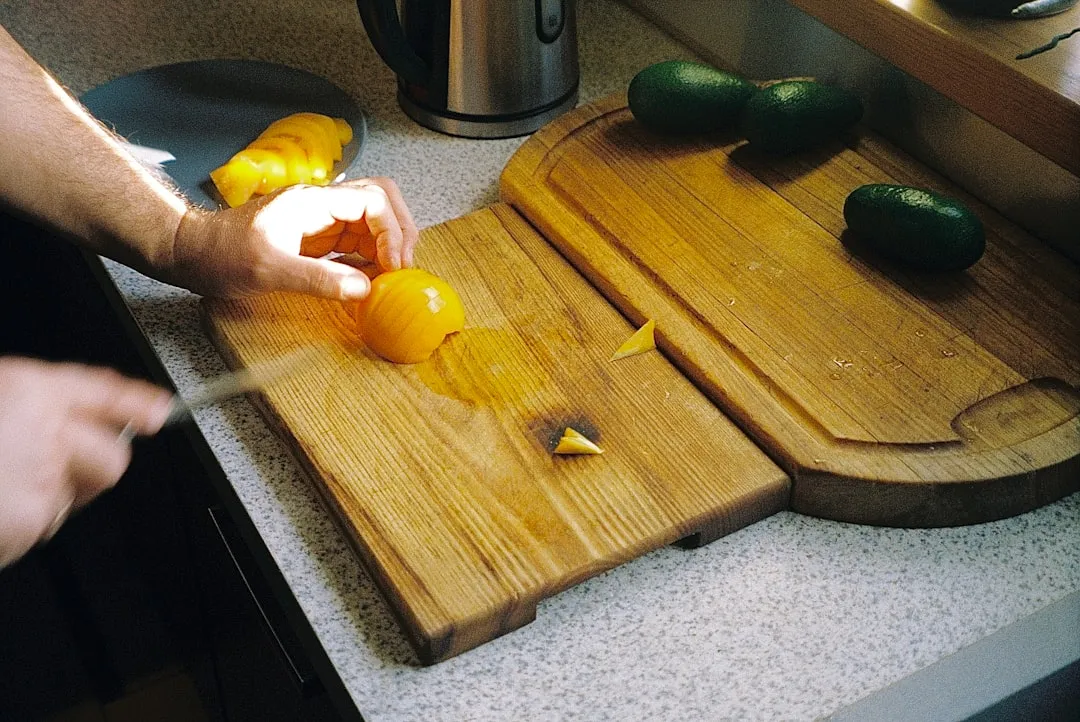
Comments
Be the first, drop a comment!